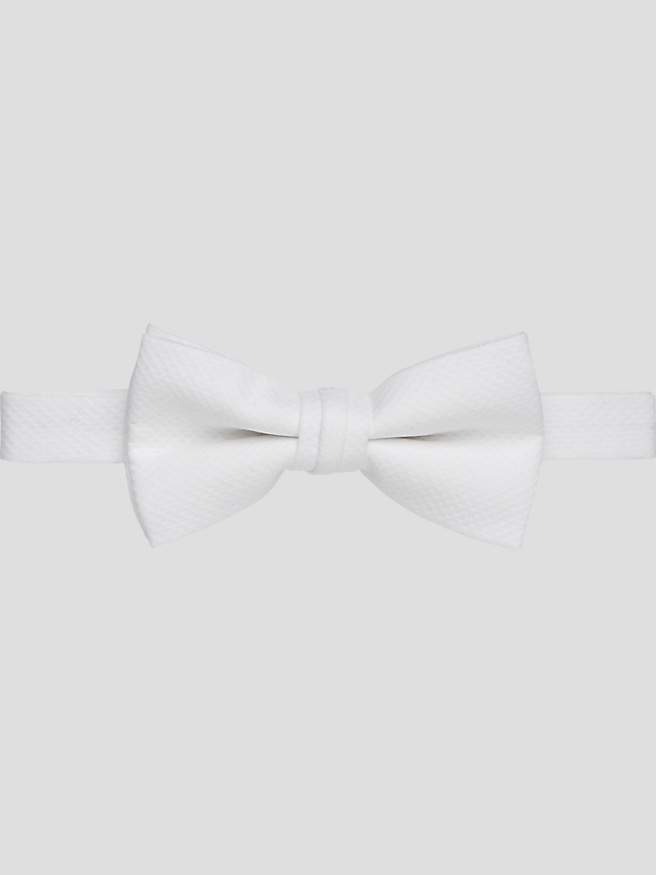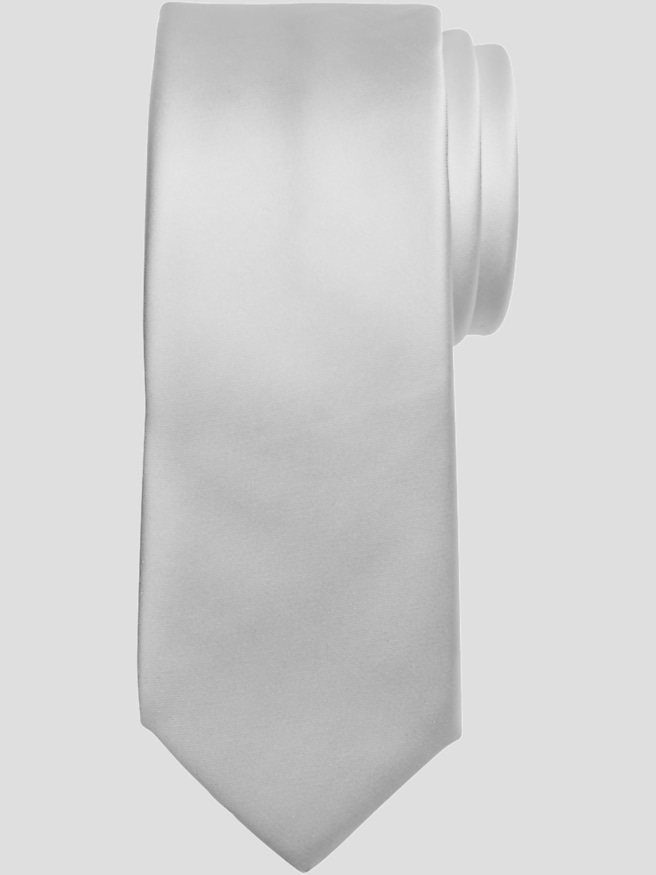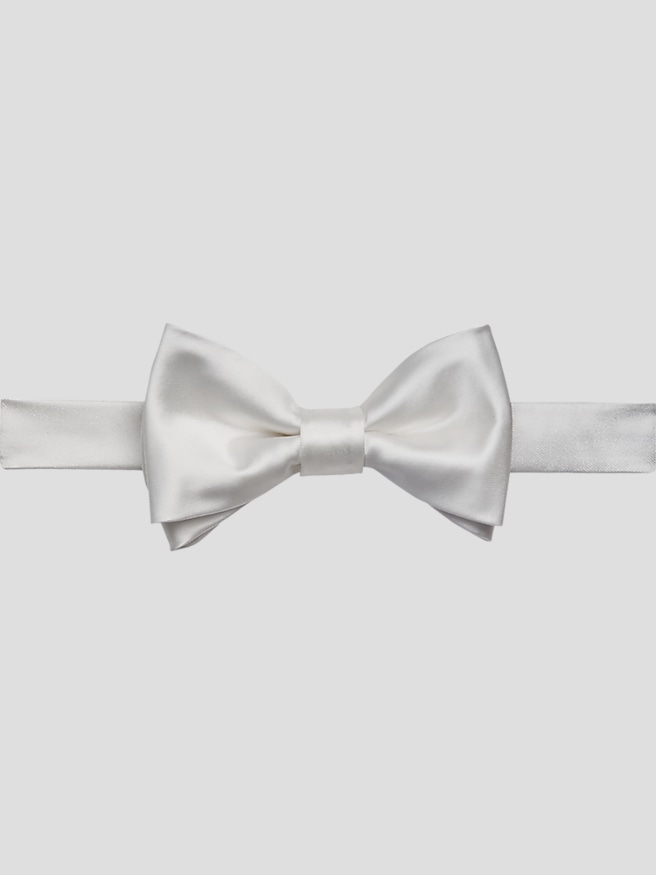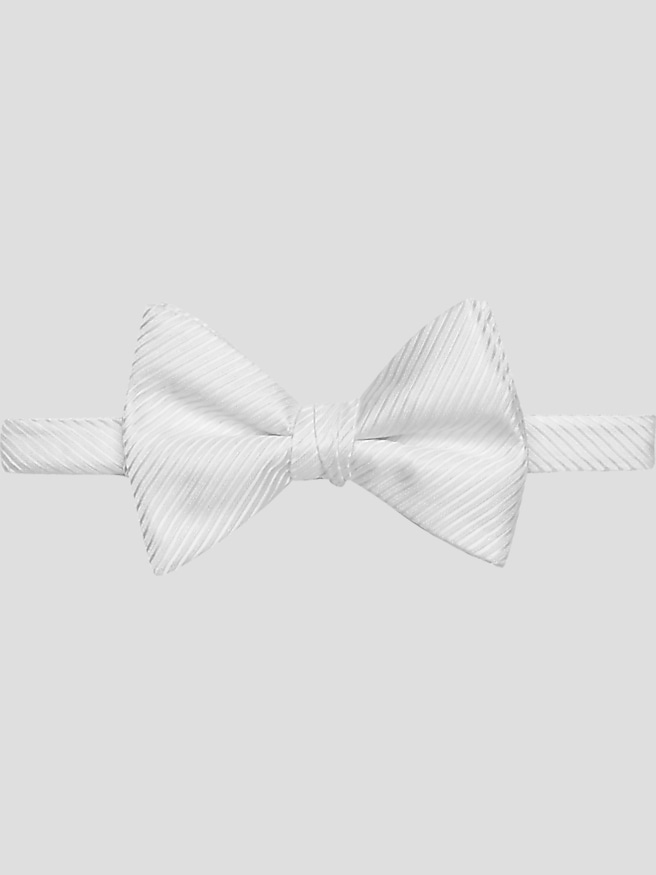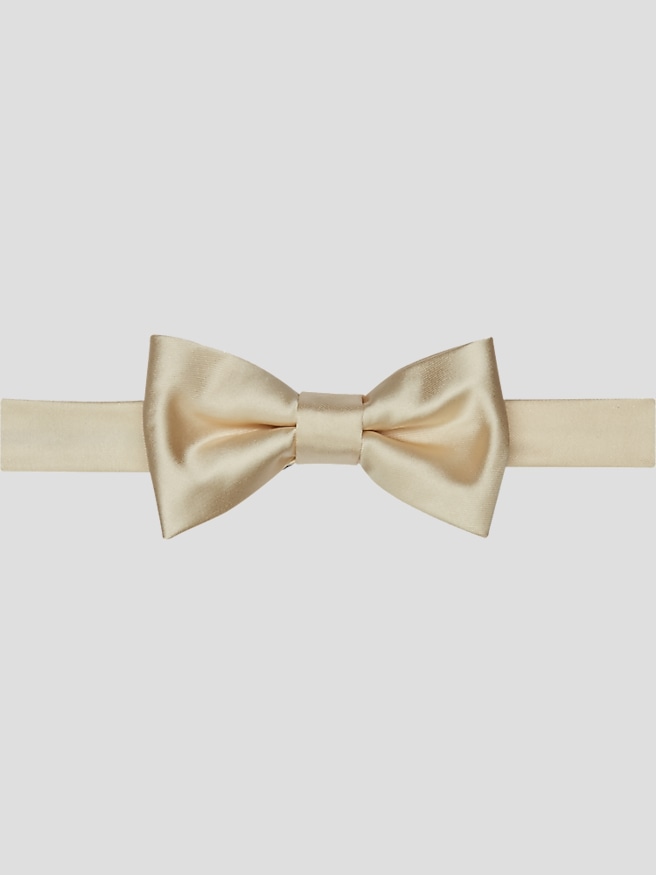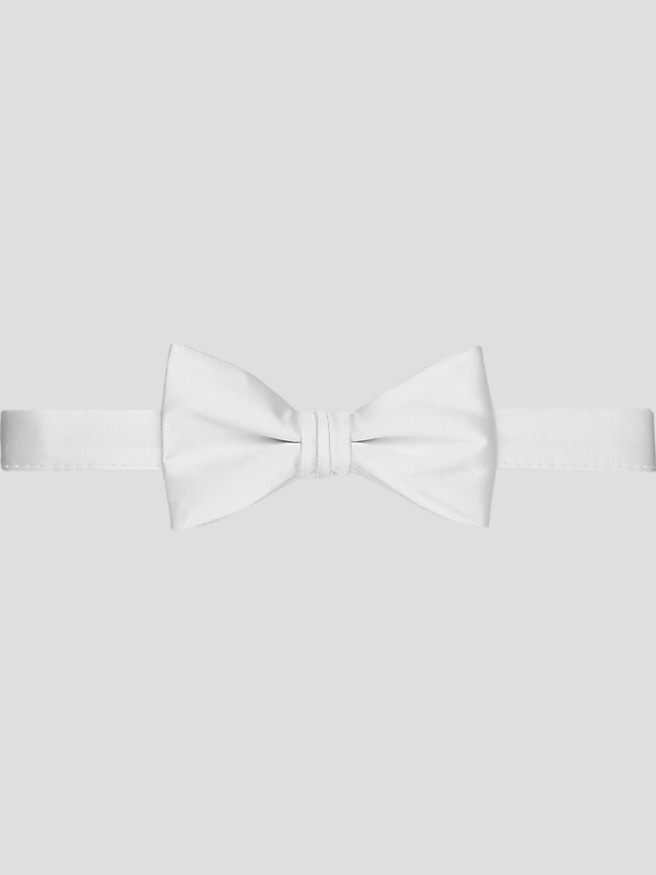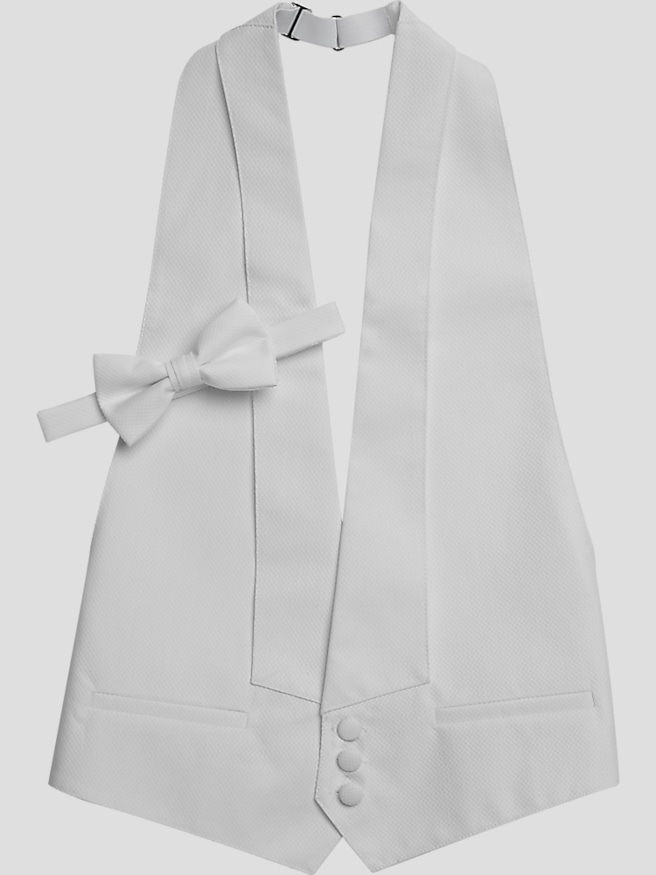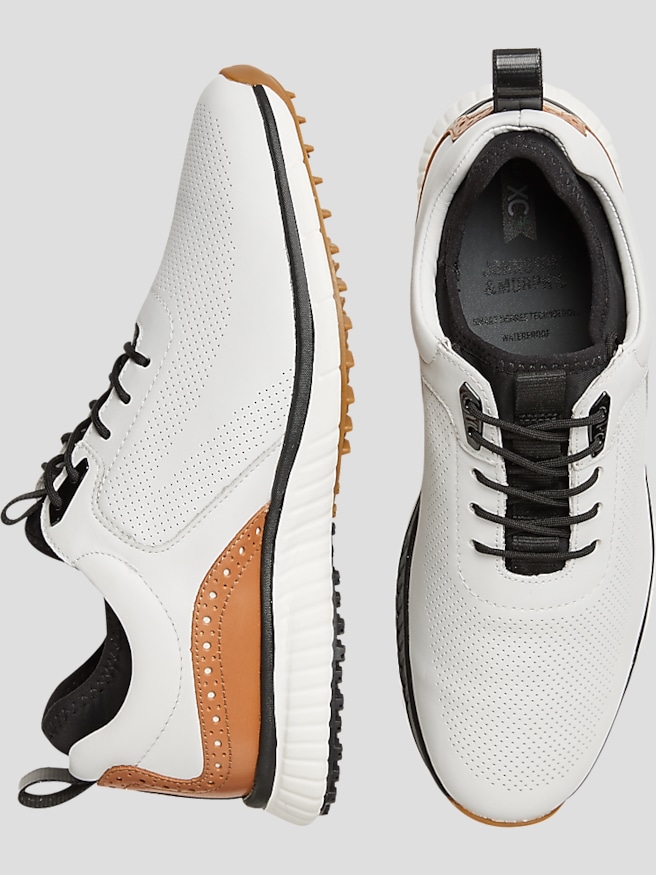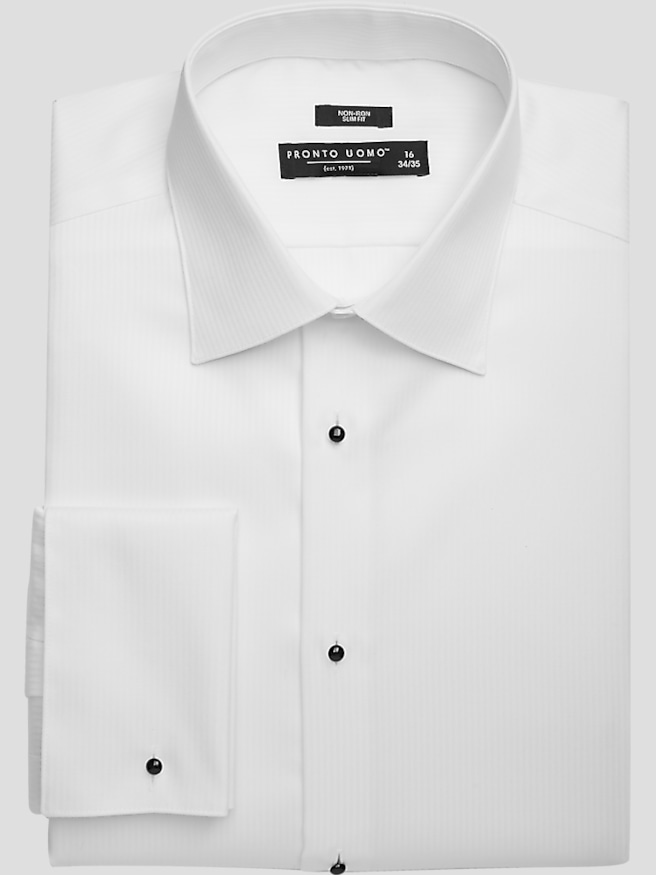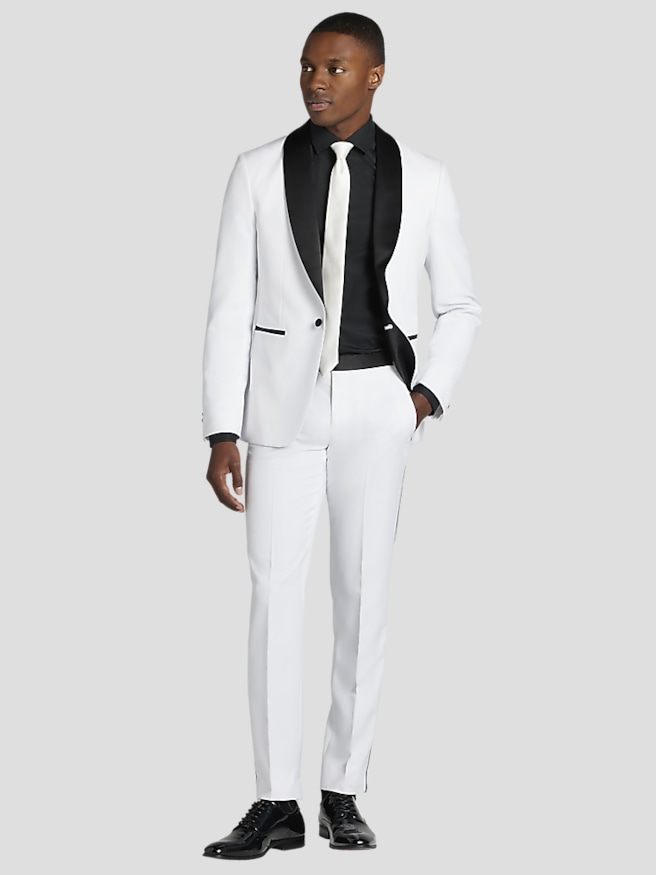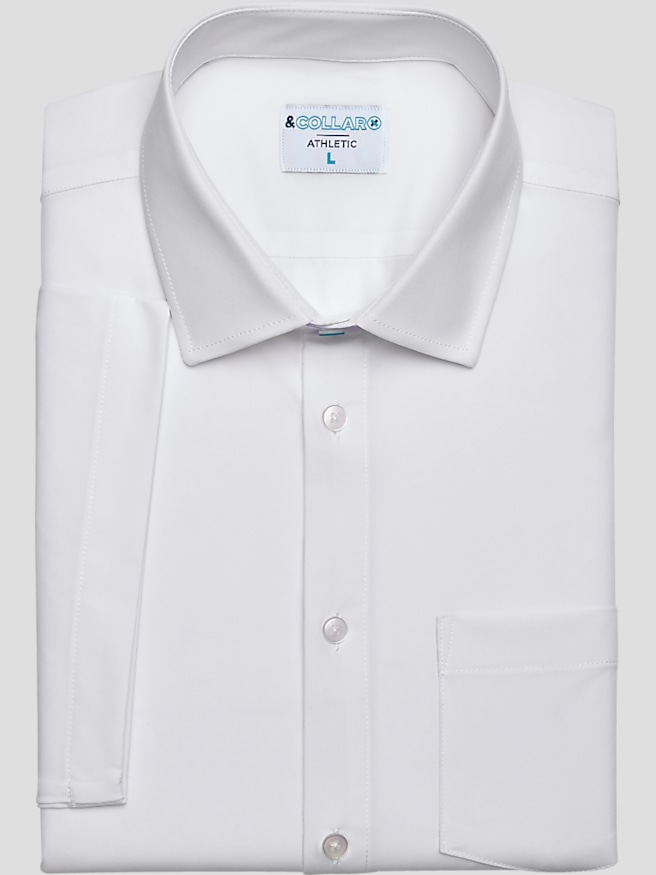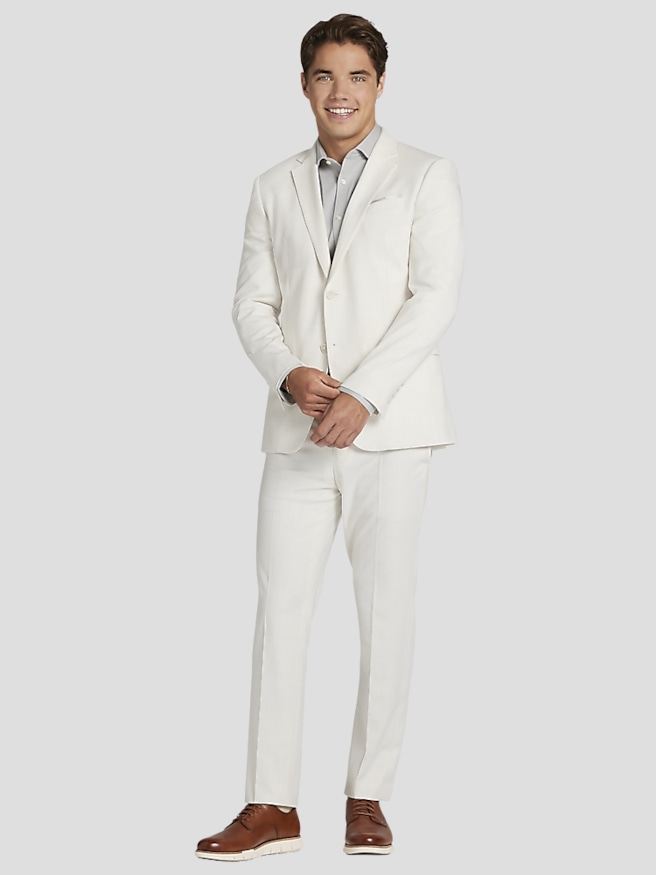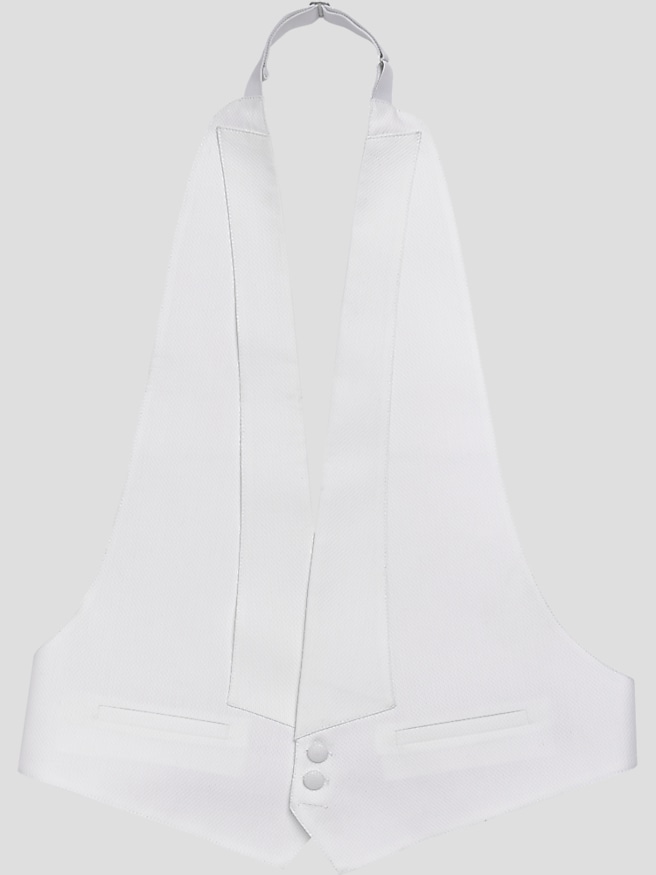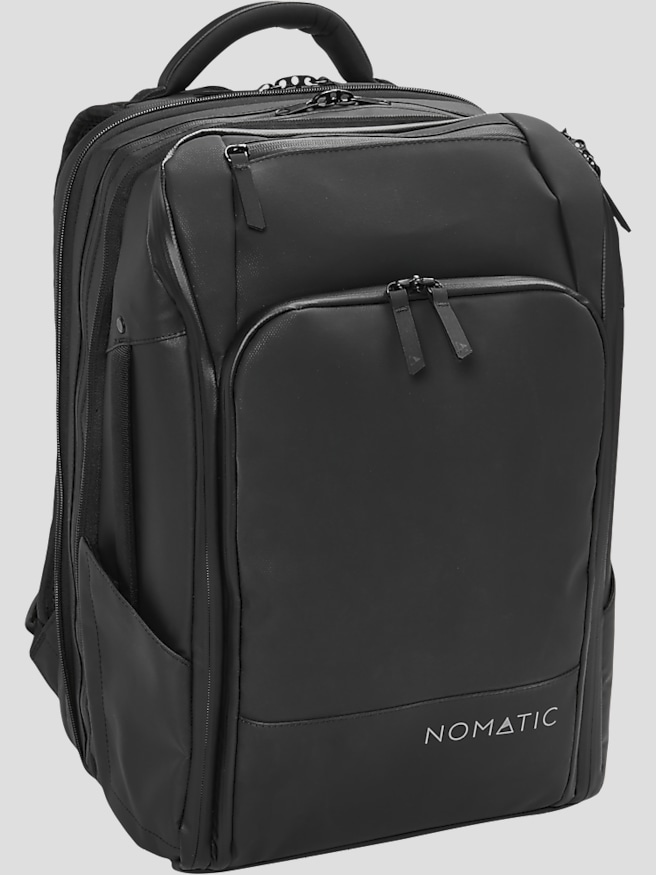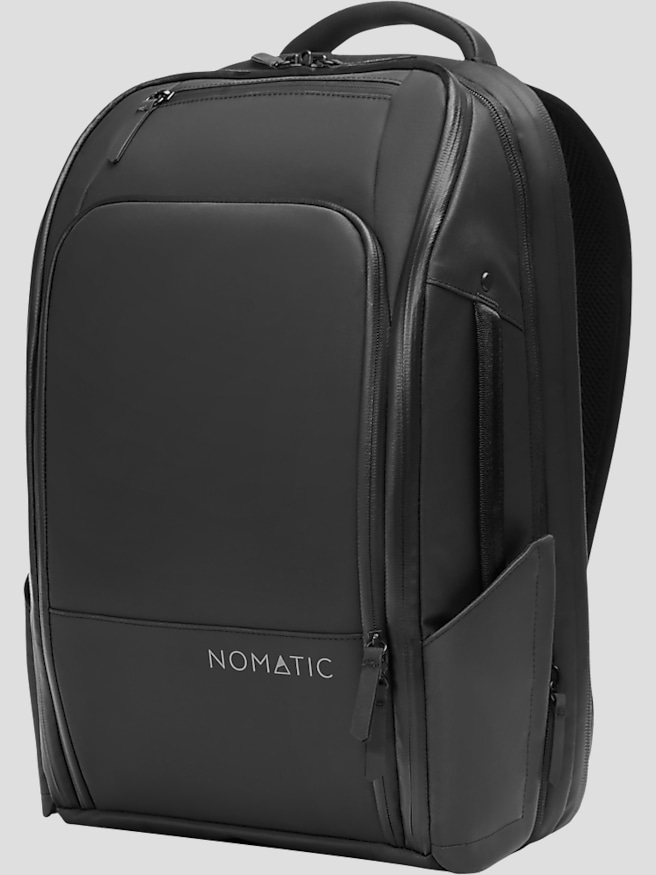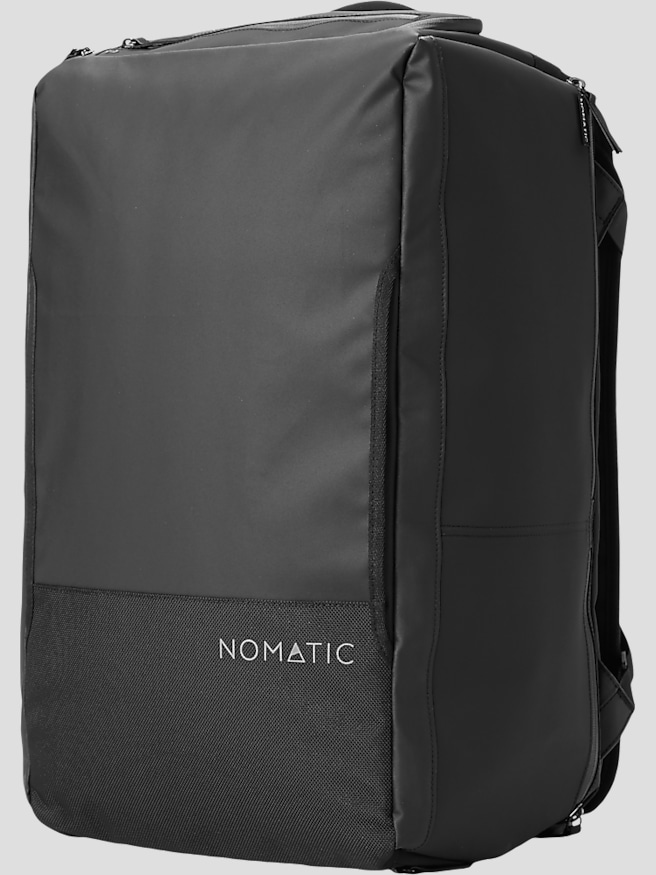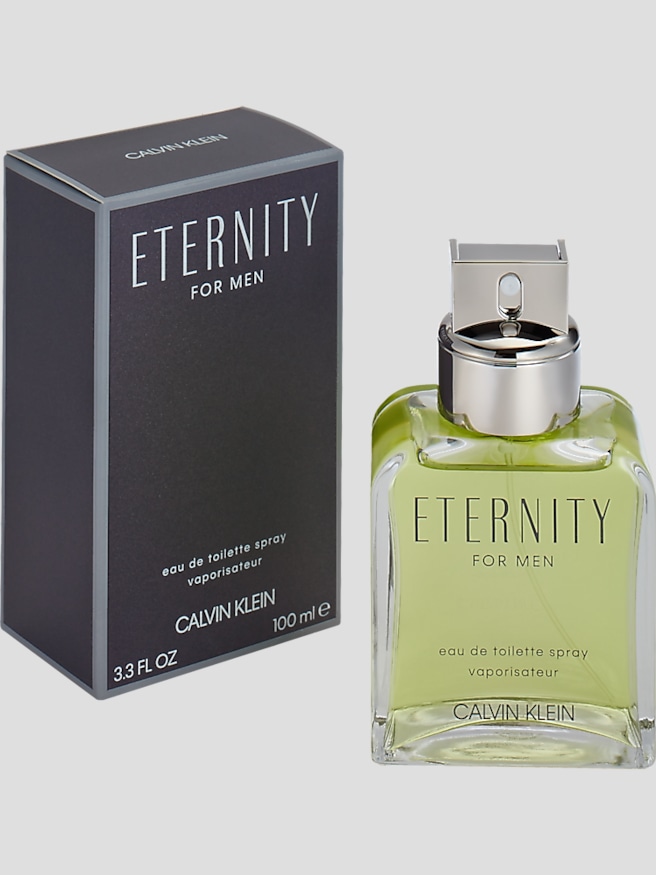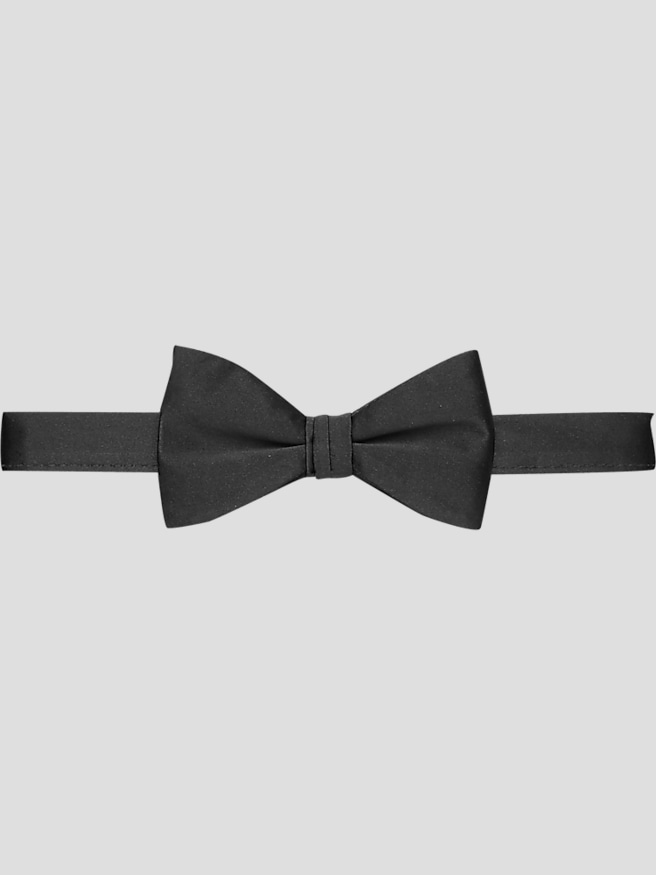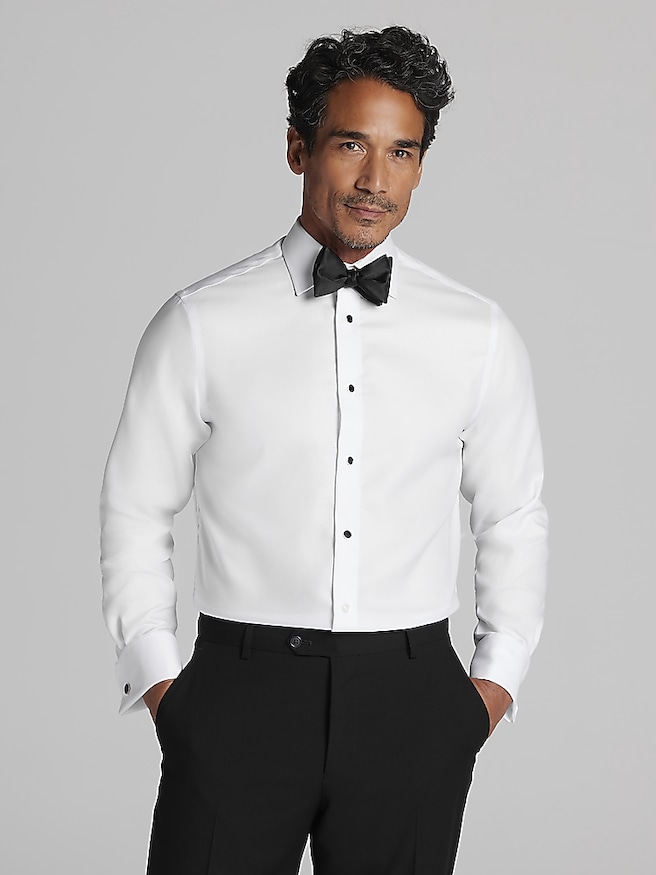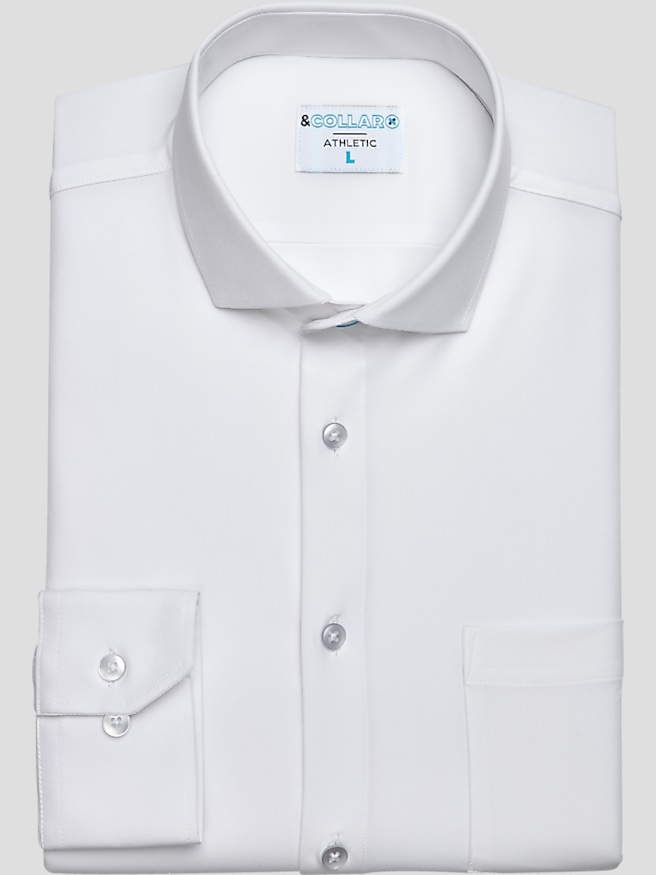White Tie Event Attire
White tie events represent the pinnacle of elegance and sophistication, demanding the most formal attire in a gentleman's wardrobe. Stepping into such an occasion requires attention to detail and a commitment to timeless style. From impeccably tailored tailcoats to polished patent leather shoes, each element plays a crucial role in creating a distinguished ensemble. Accessories like crisp white bow ties and elegant waistcoats add layers of refinement, ensuring you make a memorable impression. Whether attending a gala, state dinner, or grand wedding, selecting the right white tie attire is essential for embodying grace and class at every turn.
White Tie Event Attire
FAQs
What occasions typically require white tie attire?
White tie attire is reserved for the most formal events, such as state banquets, royal ceremonies, high-society balls, and certain prestigious weddings. Invitations will specify 'white tie' when this level of formality is expected.
What are the essential components of a traditional white tie ensemble?
A traditional white tie ensemble includes a black tailcoat, matching formal trousers with a satin stripe, a white wing-collar shirt, a white pique waistcoat, a white bow tie, black patent leather shoes, and formal accessories such as cufflinks and a pocket square.
Can white tie attire be a thoughtful gift?
Yes, gifting elements of white tie attire—such as a classic white bow tie, elegant cufflinks, or a finely crafted waistcoat—can be a memorable and practical gesture, especially for individuals attending milestone events or embarking on new professional or social experiences.
How does white tie attire differ from black tie attire?
White tie attire is more formal than black tie. It typically features a tailcoat, white waistcoat, and white bow tie, whereas black tie calls for a tuxedo jacket, black bow tie, and black cummerbund or waistcoat. Each has its own set of traditions and appropriate occasions.
Is it acceptable to wear a suit with white tie accessories?
For true white tie events, a traditional tailcoat ensemble is expected. Wearing a standard suit with white tie accessories does not meet the formal requirements of white tie dress codes and may not be appropriate for such occasions.
